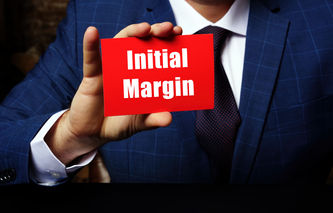Definition
The term maintenance margin refers to the minimum equity portion of the purchase price the investor must maintain when they purchase securities on margin. Maintenance margin thresholds are enforced by brokers and established by the Federal Reserve Board.
Explanation
When buying securities, it is possible for the investor to borrow funds from a brokerage firm to pay for a portion of the purchase price. The investor's margin, or margin requirement, represents the funds the trader must provide to support their investment position.
Maintenance margin is the percentage of funds the investor must maintain as long as the position is open. The maintenance margin for common stock, as established by the Federal Reserve Board, is 30%. If the price of the securities decline, the investor must ensure they maintain sufficient equity in the position. If the investor's equity falls below the maintenance margin threshold, a margin call will be made by the broker to the investor, asking them to provide cash or sell securities to bring their account back into good standing.


.png)


